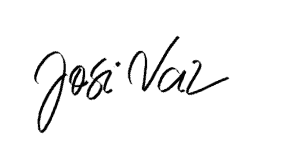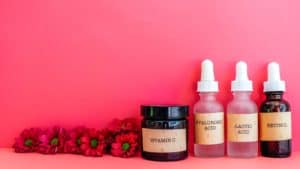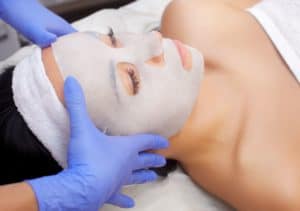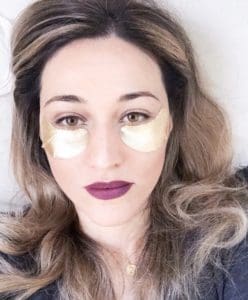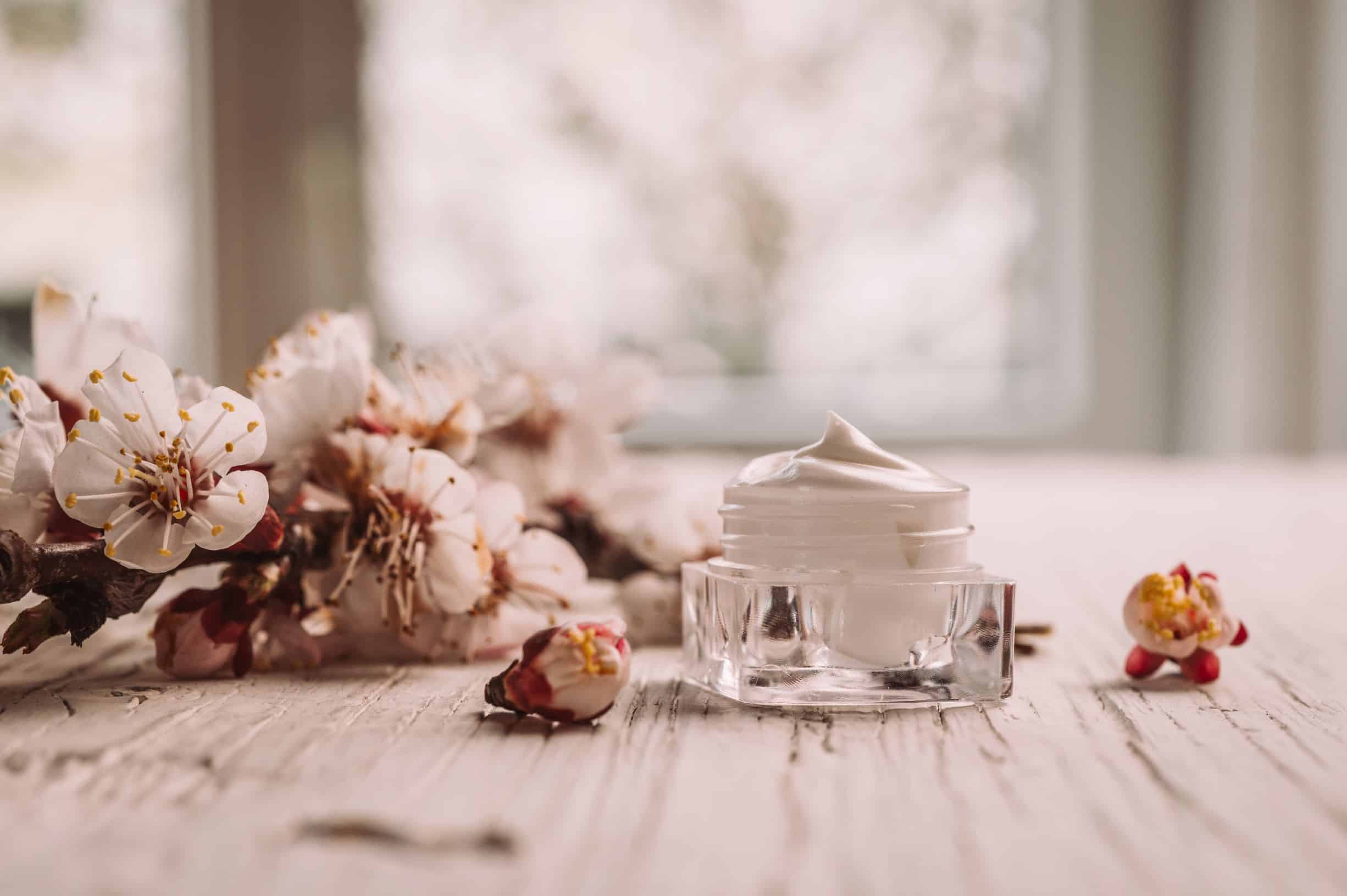
*Disclosure: This post may contain affiliate links, which means that I get a commission if you decide to make a purchase through my links, at no cost to you. Read my disclaimer for more info.
A good skin complexion is one of the most desirable goals in a woman’s life. (Sorry guys, finding prince charming comes in second). But having good skin is not always a vanity thing, it’s also an important aspect of your health and by extent an important aspect of your self-esteem.
Some people are born lucky or hit the hereditary jackpot when it comes to flawless skin, while others have to work harder to get it. And a few of us have to work even harder to get it.
I’m one of those who had to work hard on my skin. As a child, I got exposed to a lot of sunlight without proper protection, which resulted in some unwanted freckles. As a teenager, my skin would break out a lot. Then, to cover it all up, I would put a lot of makeup on — which you can guess — only made it worse. That resulted in several trips to the dermatologist’s office, and as an adult, I was left with deep scars and some skin discoloration.
I tried almost every cream and expensive treatment out there. Through trial and error, I was able to figure out what worked best for me. These are easy tips that everyone can follow but are not always common knowledge, that’s why I’m so excited to share them with you.
You’ve probably heard somewhere already that a good skincare regimen starts with a good cleaning. That can not be overstated enough. And that is my tip #1. Your skin needs to be free of oils, makeup, and dirt for the products you use to be most effective. Ideally, you should do it twice a day, in AM and the PM. I know a lot of people don’t have time in the morning, and I don’t either. So, at night is when I do most of my “work” beauty-wise.
1. Cleaning
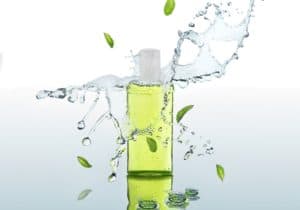 A good cleaning process starts with good cleaning products. It’s a bad idea to use the same soap you use on the rest of your body on your face. Harsh chemicals will dehydrate the skin of your face, especially if you have sensitive skin. And when your skin is dehydrated, it breaks out more, making fine lines and wrinkles appear worse, and no one wants that!
A good cleaning process starts with good cleaning products. It’s a bad idea to use the same soap you use on the rest of your body on your face. Harsh chemicals will dehydrate the skin of your face, especially if you have sensitive skin. And when your skin is dehydrated, it breaks out more, making fine lines and wrinkles appear worse, and no one wants that!
I like to switch up my cleaning products depending on the time of the year and the condition of my skin. I like to use Murad Hydration Refreshing Cleanser for the most part of the year. It’s very effective in washing away impurities and makeup without over-drying my face. However, in the winter, because my skin gets naturally drier, I like to use a gentler cleanser. I like La Roche-Posay Hydrating Gentle Cleanser for that, or whenever my skin feels more dehydrated, which can happen a lot during the summer as well.
2. Exfoliating
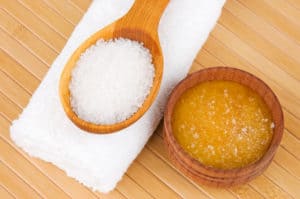
After the cleaning comes the exfoliating part. I don’t do this step every time, in fact, it’s not a good idea to do it daily. I limit my exfoliating to twice or three times a week, and I usually incorporate it in my nightly routine.
Exfoliating is an important step because it helps to remove dead skin that builds up on your face over time. A face free of dead skin cells will absorb products better and give the appearance of a healthier glow.
You can either use a homemade exfoliant or a store-bought one. If you have acne-prone skin, choose an exfoliant that has salicylic acid in it, which will help to prevent breakouts. I recommend La Roche-Posay Effaclar Medicated Gel Cleanser. This exfoliant is not abrasive and has a gel texture that will not cause skin irritation.
But even if you don’t have acne-prone skin, you still might want to consider using a product that has salicylic acid as one of its main ingredients — as it also treats blackheads and whiteheads. And because of its anti-inflammatory and anti-bacterial properties, salicylic acid can work to neutralize your skin and protect against infection.
Now, onto the next step.
3. Toners, Essences & Boosters
After my skin is fully prepped from the previous steps, it’s time for the toners, essences, and boosters. Toners are meant to clean the rest of the impurities left behind by your cleanser and to restore the natural PH balance of the skin. For this step, it’s important to choose a toner specific for your skin type.
Essences are a high concentration of active ingredients that provide extra hydration or treatment of the skin such as hyaluronic acid. Boosters can be serums and vitamins I sometimes use on my skin to treat specific conditions. I like tea tree oil, vitamin E oil, vitamin C and retinol (also known as Vitamin A).
I find the combination of vitamin C and retinol very effective to reverse the signs of aging. But as with anything else skincare related, you need to be consistent with use to see results. Retinol has a reputation for drying the skin so you need to be careful and only use a small amount.
4. Face Masks
Next comes the masks. I like to switch them up depending on the condition of my skin and the results I want to achieve. I shared in a previous blog post 5 DIY face masks that are very good for hydrating and rejuvenating, and they are great because they’re made only with natural ingredients.
However, I don’t always have time to prepare my own, so I alternate between homemade and store-bought. I have a combination skin type, which means sometimes my skin is a little drier than usual, and at times will be very oily. For that reason, I will use a different type of mask each time, depending on what my skin is asking for.
For hydration, I like masks that contain hydrating oils such as avocado, and hyaluronic acid. I also like Korean sheet masks because they are made with potent hydrating ingredients and I can also take them with me everywhere I go.
Once a week after exfoliating, I also like to do a cleaning mask for a more thorough cleaning. I love the Indian Healing Clay Mask for that.
5. Eye creams & Eye masks
After I applied my masks, I use an eye cream and if I feel like my eyes need an extra boost of hydration, I’ll go with an eye mask.
Aside from addressing wrinkles and fine lines around the eyes, eye creams protect the delicate skin in the area from other skincare products. The trick here is to apply the cream dubbing it with the tip of your finger instead of rubbing it in. I like Kiehl’s Creamy Avocado Eye Treatment and Roc Retinol Correction Eye Cream.
When using a mask, I like to alternate between Skyn Iceland Hydro Cool Firming Eye Gels and Honest Hazel Eye Masks. If you are on a budget, you can check a complete list of amazing eye masks for under $35 here.
6. Moisturizer
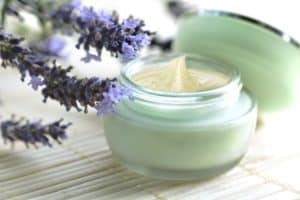 Finally the last step, but just as important as the previous ones.
Finally the last step, but just as important as the previous ones.
I use a day cream or night cream, depending on the time of the day I’m doing this routine.
For this part, I like to use a couple of cool beauty gadgets that I purchased recently. I switch it up between my micro-needling roller and my rose quartz roller. These tools help me massage the skin of my face, improving blood circulation and cell rejuvenation, making it easier for the skin to absorb all the moisturizer action.
My favorite affordable moisturizers are Radha Beauty Retinol Moisturizer Miracle and Neutrogena Hydro Boost Hyaluronic Acid Hydrating Water Face Gel.
If I do this routine in the morning, I also make sure to apply a good sunscreen to my face before the moisturizer action. It might seem like a lot, but you don’t want to risk exposing your skin to the sun without proper protection. It might waste away all the hard work you put into it.
If my skin gets super dry, (which can happen a lot during the winter) I like to use Weleda Skin Food, especially before I do my make up. This is a super-rich cream, that can give your skin an instant boost. I use it more as a rescue cream rather than for daily use due to its intense formula. I definitely recommend it if your skin is thirsty and in need of heavy hydration.
Lastly, none of this would be very effective, if I didn’t keep myself hydrated throughout the day.
This is actually common sense, and I’m sure you’ve heard this advice before, but I’m always amazed to hear how many people still don’t drink enough water during the day.
True hydration comes from the inside. You can use the most expensive creams in the world, spend tons of money in spa treatments, but all of these will be useless if you don’t keep yourself hydrated enough. For that reason, it’s a good idea to minimize caffeine and alcohol intake — both are known to dehydrate your skin.
I know it’s hard for some, but trust me, too much caffeine and alcohol can cause some real damage in the long-term. So the idea here is t strive for balance. As much as I love my Starbucks cup of coffee and my glass of wine, I try to limit them to just one serving. Obviously, you should use your best judgment when it comes to that.
Recently, I also started to get more serious about my vitamin intake. I’m taking extra vitamin A which helps with collagen production. If you didn’t know this already, women stop producing collagen at the age of twenty-five! I was shocked when I heard that the first time. So, if you’re over twenty-five, it’s probably a good idea to start complementing your diet with some Vitamin A, which you can also get from a healthy and balanced diet that includes dark green leafy vegetables.
These are now my not-so-well-kept secrets for a better complexion. I hope you enjoyed it 😉
If you found this helpful, don’t forget to share it on social media!
X0X0
